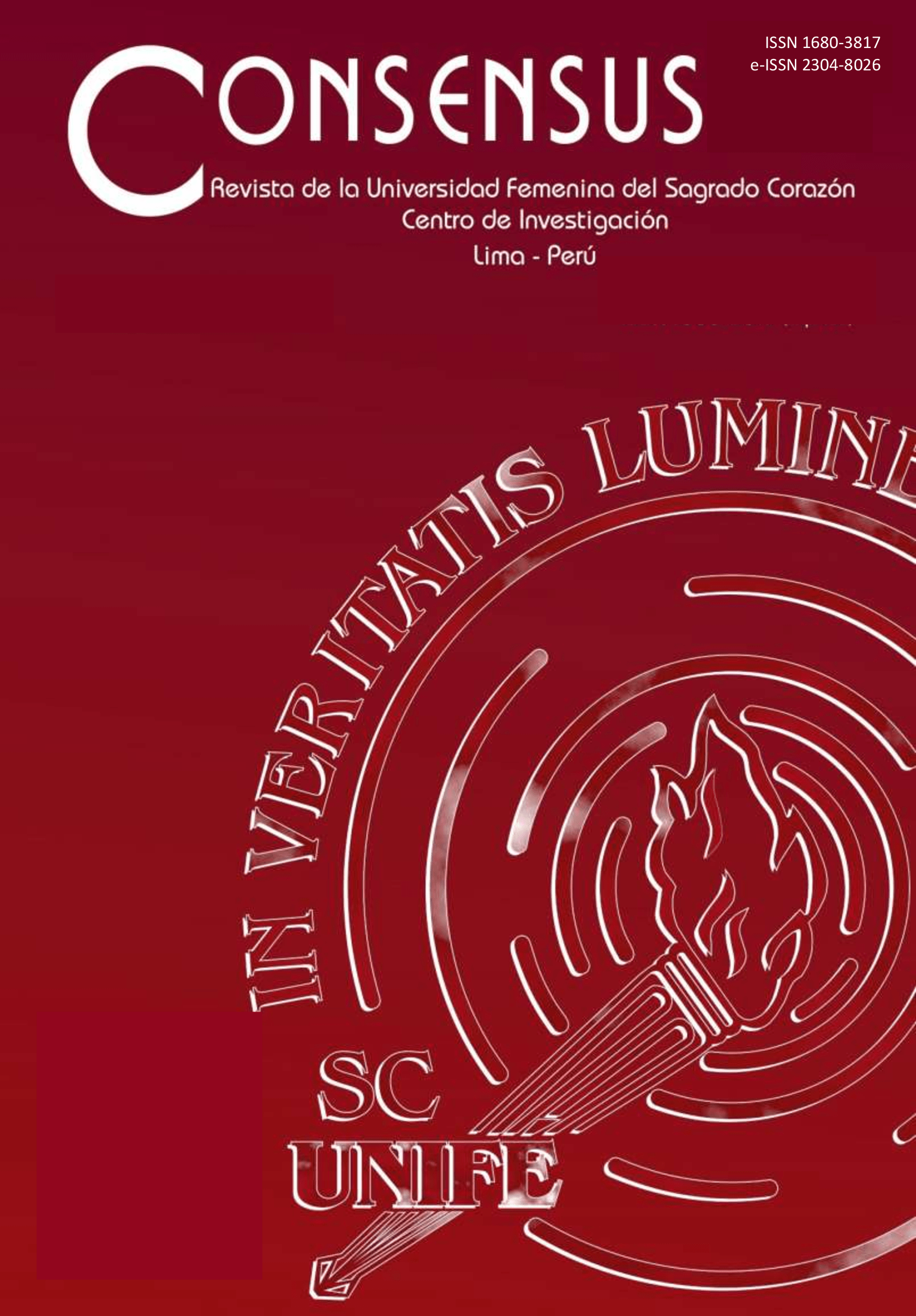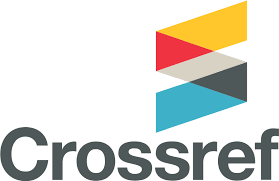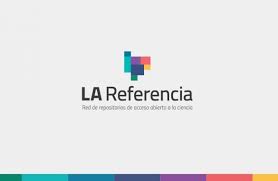The aesthetics of the paranatural and the American future: an approach to the art of ancient Peru in the work of Juan Larrea
DOI:
https://doi.org/10.33539/consensus.2020.v25n2.2511Keywords:
Juan Larrea, pre-Hispanic art, essay and avant-garde, Machu Picchu, Spanish civil warAbstract
In this article, we would like to highlight the reflections of the Basque poet Juan Larrea (1895-1980) on the pre- Hispanic objects in his collection, based on his proposal that “history can only be properly understood through the poetic spirit” or “with the divinatory exercise of the imagination”. In his works on the art of ancient Peru, he presents as one of his main axes the visual syntax of a language. With this, the most important thing is not to unravel or interpret the
message of that language, but to discover a procedure similar to that of poetry in it. By differentiating between the function of pre-Hispanic objects and the discovery of their symbolic value, he reveals an idea of synthesis of the verbal, visual, material and spatial. Finally, by highlighting the creativity and poetic spontaneity of the Andean builder, his use of the sacred material of stone as part of the whole in Inca architecture, he will emphasize the building and inhabiting of a utopian space, which he believes to be America and the very center of it, his chaupi, Machu Picchu. This can be traced in “Atienza” (1927), “Surrealism and the New World” (1944), in the works collected in Corona Incaica (1960), as well as Machu Picchu, touching stone (1967).
Downloads
Downloads
Published
How to Cite
Issue
Section
License
Copyright (c) 2020 Franco Cavagnaro Farfán

This work is licensed under a Creative Commons Attribution-NonCommercial-NoDerivatives 4.0 International License.








